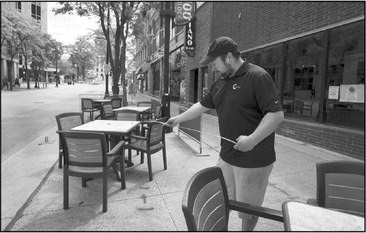Surge of COVID-19 cases in young adults concerns officials


A recent surge in COVID-19 activity in Wisconsin and Dane County, especially among young adults, could undermine efforts to control the outbreak this summer before flu season furt...
